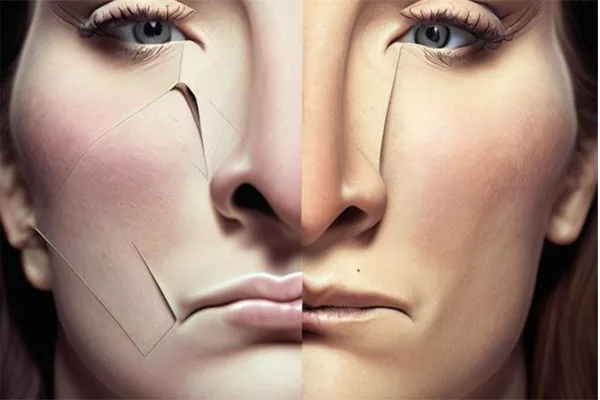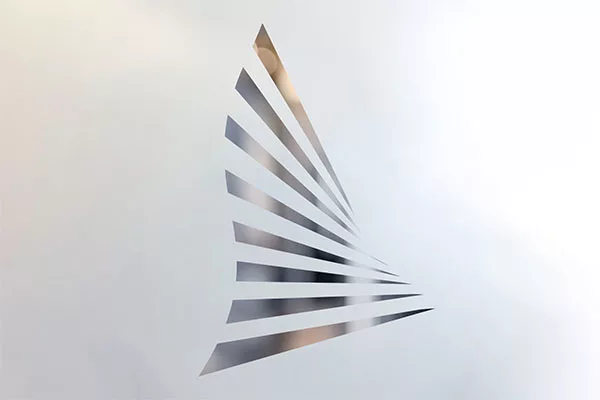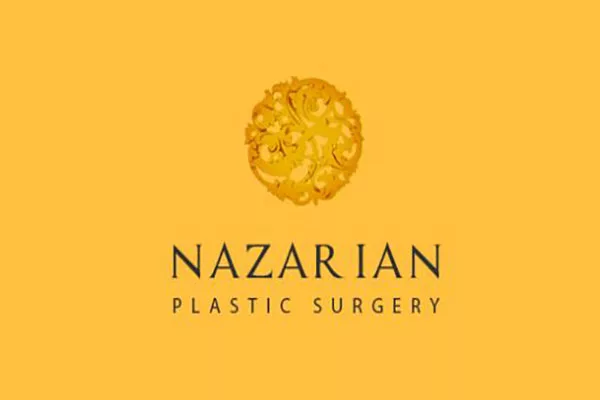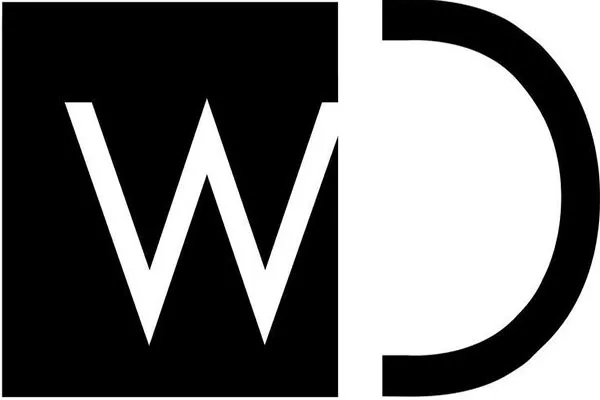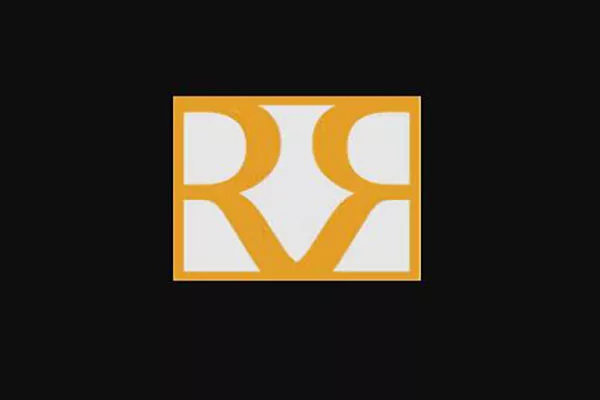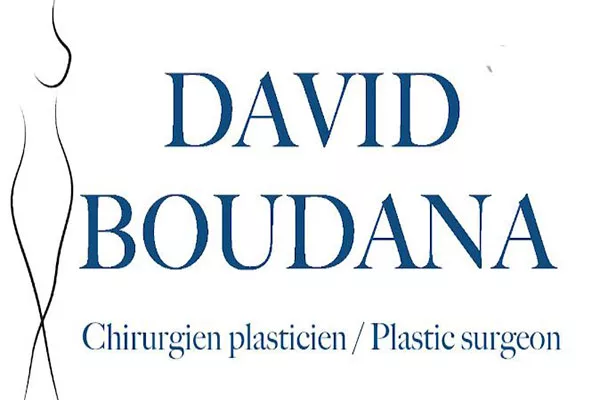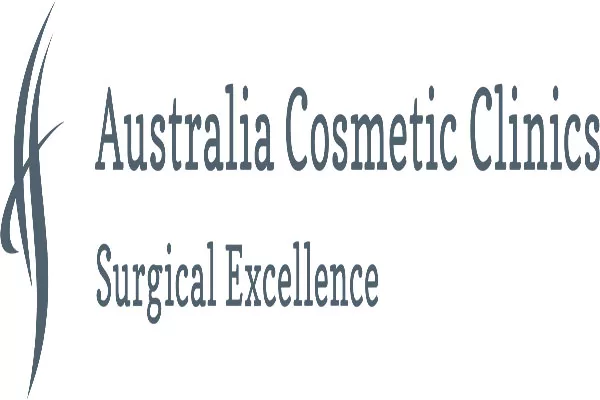Rhinoplasty, also known as nose reshaping surgery, is a cosmetic procedure that aims to change the shape and function of the nose. It is a common procedure that has helped many people improve their appearance and self-confidence. However, like any surgery, rhinoplasty involves a recovery period, and swelling is a common side effect during this time. If you’re experiencing swelling five months after your rhinoplasty, don’t worry – it’s normal. In this article, we’ll explore some tips on how to manage swelling and aid in the healing process.
Causes of Swelling
Swelling is a natural part of the healing process after any surgery, including rhinoplasty. It occurs because the body sends fluid to the injured area to help heal the tissues. The following are some factors that can contribute to swelling after rhinoplasty:
- The extent of the surgery – The more extensive the surgery, the more swelling you’re likely to experience.
- Your body’s natural healing rate – Some people heal more slowly than others, which can result in prolonged swelling.
- Your post-operative care – Not following the instructions provided by your surgeon regarding taking care of your nose after the surgery can lead to prolonged swelling.
- Genetics – Some people are more prone to swelling than others.
In the next part, we’ll explore some measures you can take to help manage swelling after rhinoplasty.
Tips for Managing Swelling
Here are some tips to help manage swelling after rhinoplasty:
- Elevate your head – Elevating your head while sleeping or resting can reduce swelling. Try using an extra pillow to prop yourself up.
- Use cold compresses – Applying cold compresses to your nose for 20 minutes at a time, several times a day, can help reduce swelling. Use a clean, damp cloth to apply the cold compresses.
- Avoid heat – Applying heat to your nose can increase swelling. Avoid using heated pads or taking hot showers.
- Stay hydrated – Drinking plenty of water can help flush out excess fluid from your body, which can help reduce swelling.
- 5. Avoid strenuous activity – Strenuous activity can increase blood flow to your nose and increase swelling. Avoid exercise or any activity that raises your blood pressure.
In the next part, we’ll look at some specific foods that can help reduce swelling after rhinoplasty.
Foods that Help Reduce Swelling
In addition to the tips mentioned in the previous section, including certain foods in your diet can also help reduce swelling after rhinoplasty. Here are some excellent food options to consider:
- Pineapple – Pineapple contains an enzyme called bromelain, which has anti-inflammatory properties that can help reduce swelling.
- Blueberries – Blueberries are packed with antioxidants, which can help reduce inflammation.
- Ginger – Ginger contains compounds called gingerols and shogaols, which have anti-inflammatory properties.
- Turmeric – Turmeric contains a compound called curcumin, which has anti-inflammatory properties.
- Avocado – Avocado is a rich source of healthy fats, which can help reduce inflammation in the body.
- Leafy greens – Leafy greens such as spinach and kale are rich in vitamins and minerals, which can help support the healing process and reduce inflammation.
In the next part, we’ll explore some additional measures you can take to manage swelling after rhinoplasty.
Additional Measures for Managing Swelling
Here are some additional measures you can take to help manage swelling after rhinoplasty:
- Wear clothing that is loose and comfortable – Avoid tight clothing that can put pressure on your nose and increase swelling.
- Avoid smoking and alcohol – Smoking and consuming alcohol can slow down the healing process and increase swelling.
- Follow your surgeon’s post-operative care instructions carefully – Your surgeon will provide specific instructions on how to take care of your nose after surgery. Follow these instructions carefully to ensure the best possible outcome.
- Use saline nasal spray – Saline nasal spray can help reduce swelling and promote healing by keeping the nasal passages moist.
- Practice relaxation techniques – Stress can increase swelling, so practicing relaxation techniques such as deep breathing, meditation, and yoga can help reduce swelling and promote healing.
In the next part, we’ll look at when you should contact your surgeon if you’re experiencing swelling after rhinoplasty.
When to Contact Your Surgeon
While swelling is a normal part of the healing process after rhinoplasty, there are some situations where you should contact your surgeon. These include:
- Excessive bleeding – If you experience excessive bleeding, contact your surgeon immediately.
- Severe pain – Some pain is normal after rhinoplasty, but if you’re experiencing severe pain that isn’t relieved by over-the-counter pain medication, contact your surgeon.
- Fever – A fever can be a sign of infection, so contact your surgeon if you develop a fever.
- Unusual swelling or bruising – While swelling is normal after rhinoplasty, if you’re experiencing unusual swelling or bruising in areas that weren’t affected by the surgery, contact your surgeon.
- Difficulty breathing – If you’re experiencing difficulty breathing after rhinoplasty, contact your surgeon immediately.
In the next part, we’ll explore some factors that can affect the duration of swelling after rhinoplasty.
Factors that Affect Swelling Duration
The duration of swelling after rhinoplasty can vary depending on several factors. These include:
- The extent of the surgery – The more extensive the surgery, the longer the swelling is likely to last.
- The individual’s healing rate – Some people heal more quickly than others, so the duration of swelling can vary.
- The use of compression garments – Wearing compression garments after surgery can help reduce swelling and promote healing.
- The individual’s overall health – People who are generally healthy may have a shorter duration of swelling compared to those with health conditions that can slow down the healing process.
- Compliance with post-operative care instructions – Following your surgeon’s instructions on how to care for your nose after surgery can help speed up the healing process and reduce swelling.
Keep in mind that everyone’s experience with rhinoplasty is unique, so it’s important to be patient and trust the healing process. In the next part, we’ll look at some possible complications that can occur after rhinoplasty.
Possible Complications After Rhinoplasty
While rhinoplasty is generally safe, like any surgery, it does carry some risks. Complications after rhinoplasty can include:
- Infection – Infection is a risk associated with any surgery, and can occur after rhinoplasty.
- Scarring – Scarring is always possible after surgery, but can usually be minimal and well-hidden.
- Numbness – Numbness in the nose or surrounding area is common after rhinoplasty, but usually goes away within a few weeks.
- Septal perforation – If the septum (the wall that separates the nostrils) is damaged during surgery, a hole, or perforation, can form. In some cases, surgery may be required to fix this.
- Breathing difficulties – While rhinoplasty can improve breathing, in some cases it can cause breathing difficulties if not done properly.
It’s important to discuss all potential risks and complications with your surgeon before the procedure. Make sure to discuss any concerns or questions you may have in order to make an informed decision about your surgery.
In the next part, we’ll look at some final thoughts on swelling after rhinoplasty.
Final Thoughts
Swelling is a normal part of the healing process after rhinoplasty. While it can be frustrating, there are many measures you can take to manage swelling and promote healing. Be sure to follow your surgeon’s post-operative care instructions carefully, including taking any prescribed medication, avoiding certain activities, and attending follow-up appointments. Don’t hesitate to contact your surgeon if you have any questions or concerns, particularly if you experience excessive bleeding, severe pain, fever, unusual swelling or bruising, or difficulty breathing. Remember, the healing process after rhinoplasty is unique to each individual, so be patient and trust the process. With proper care, you can achieve the results you desire and enjoy your new look for years to come.
Sources
– American Society of Plastic Surgeons. (n.d.). Rhinoplasty. Retrieved September 15, 2021, from https://www.plasticsurgery.org/cosmetic-procedures/rhinoplasty
– American Society of Plastic Surgeons. (n.d.). Rhinoplasty recovery. Retrieved September 15, 2021, from https://www.plasticsurgery.org/cosmetic-procedures/rhinoplasty/recovery
– Healthline. (2020, October 6). Swelling after rhinoplasty: How long does it last? Retrieved September 15, 2021, from https://www.healthline.com/health/swelling-after-rhinoplasty
– Medical News Today. (2021, June 10). Foods that reduce inflammation. Retrieved September 15, 2021, from https://www.medicalnewstoday.com/articles/324884
– University of Wisconsin-Madison Department of Surgery. (n.d.). Rhinoplasty. Retrieved September 15, 2021, from https://www.surgery.wisc.edu/for-patients/procedures/rhinoplasty” “References:
– American Society of Plastic Surgeons. (n.d.). Rhinoplasty. Retrieved September 15, 2021, from https://www.plasticsurgery.org/cosmetic-procedures/rhinoplasty
– American Society of Plastic Surgeons. (n.d.). Rhinoplasty recovery. Retrieved September 15, 2021, from https://www.plasticsurgery.org/cosmetic-procedures/rhinoplasty/recovery
– Healthline. (2020, October 6). Swelling after rhinoplasty: How long does it last? Retrieved September 15, 2021, from https://www.healthline.com/health/swelling-after-rhinoplasty
– Medical News Today. (2021, June 10). Foods that reduce inflammation. Retrieved September 15, 2021, from https://www.medicalnewstoday.com/articles/324884
– University of Wisconsin-Madison Department of Surgery. (n.d.). Rhinoplasty. Retrieved September 15, 2021, from https://www.surgery.wisc.edu/for-patients/procedures/rhinoplasty”
